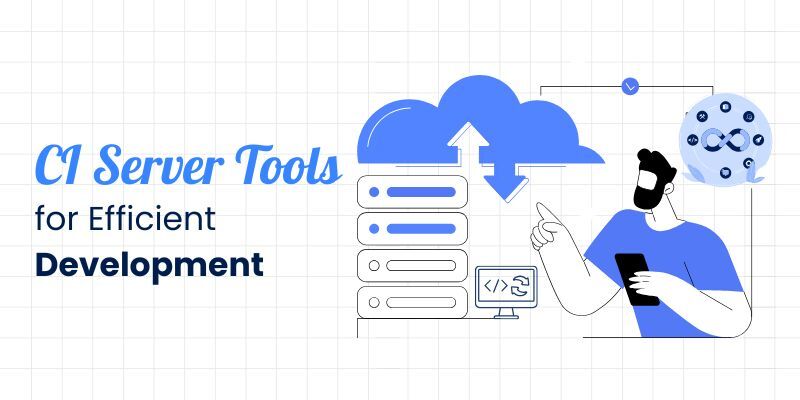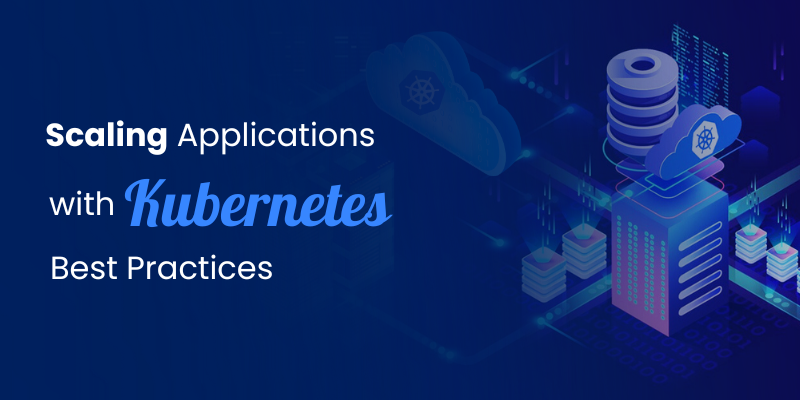
In the ever-evolving world of software development, creating complex systems that seamlessly integrate various components and modules has become the norm. As developers strive to deliver robust, reliable and high-performing software, the significance of integration testing cannot be overstated. Integration testing plays a pivotal role in ensuring that the interconnected components of software work seamlessly together. The approach also validates their functionality, communication and data exchange.
In this blog, we will embark on a journey to explore the realm of integration testing. Here, we’ll delve into the benefits of integration testing. Additionally, we’ll also understand the complexities and potential roadblocks that can arise during this critical phase of the software development life cycle.
Let’s explore the approaches, conquer the challenges and unlock the potential of this testing approach for delivering robust and reliable software systems.
What is Integration Testing?
Let’s now see what integration testing is. Integration testing is a software testing approach that focuses on verifying the interactions between different components or modules of a system. Teams perform Integration testing after unit testing and before system testing. The goal of integration testing is to identify defects that may arise from the combination of these components and ensure that they work correctly together as a whole.
Individual modules or components are combined and tested as a group using automated testing tools during integration testing. The purpose is to validate their interactions, data flow and communication protocols. This testing level is significant in complex systems where multiple components need to collaborate for accomplishing a specific functionality.
Different Approaches for Integration Testing
Discussed here are different approaches for conducting Integration testing:
- Big Bang Integration: In this approach, all the components are integrated simultaneously and the system is tested as a whole. This method is suitable for small systems with well-defined components and clear interfaces.
- Top-down Integration: This approach starts with testing the higher-level components first, simulating the missing lower-level ones using stubs or dummy modules. Gradually, lower-level components are integrated and tested until the entire system is tested. This method helps in identifying issues with the overall system architecture early on.
- Bottom-up Integration: This approach begins with testing the lower-level components first, using driver modules to simulate the higher-level components. Higher-level components are progressively integrated and tested until the complete system is tested. This method is useful when the lower-level components are more stable and less prone to changes.
- Sandwich (or Hybrid) Integration: This approach combines both top-down and bottom-up integration strategies. It involves integrating and testing subsets of modules from top to bottom and bottom to top simultaneously until the complete system is tested. This method balances the advantages of top-down and bottom-up approaches.
By using integration testing tools, teams can find defects like interface mismatches, data corruption, incorrect data flow, errors in inter-component communication and functionality issues that emerge when components interact. By detecting and resolving these issues early in the development lifecycle, this testing approach helps ensure that the system’s components function harmoniously together. This ensures improved software quality and reliability thus increasing the overall software application’s performance.
[Good Read: The Art Of CI/CD Optimization: Mastering Techniques For Workflow Efficiency!]
Uncovering the Benefits of Integration Testing
After knowing what integration testing is, we’ll explore its benefits now. Here are some of the benefits of integration testing in the software development process:
- Early Detection of Integration Issues: Integration testing helps identify and resolve issues that arise when multiple components or modules interact with each other. By detecting and addressing integration problems early on, you can prevent them from escalating into more significant issues during later stages of development or in the production environment.
- Improved System Reliability: Integration testing ensures that different components work together seamlessly, enhancing the overall reliability of the system. By verifying the correctness of data exchanges, communication protocols and interdependencies between modules, you can reduce the risk of system failures and errors.
- Enhanced System Performance: Integration testing evaluates the performance of the integrated system as a whole and monitors software applications’ performance. By measuring response times, resource utilization and system throughput during integration, you can identify performance bottlenecks, optimize resource allocation and ensure that the system meets performance requirements.
- Increased Confidence in System Behavior: Integration testing helps build confidence in the behaviour and functionality of the system. By validating the end-to-end flow of data and functionality across different components, you can ensure that the system behaves as expected and that business processes are executed correctly.
- Cost and Time Savings: Detecting and fixing integration issues early in the development cycle reduces the cost and effort required for rework and bug fixing. By identifying issues before they propagate to later stages of production, you can save time and resources that would otherwise be spent on troubleshooting and resolving complex problems.
Integration testing plays a crucial role in ensuring the robustness, reliability and performance of a system by addressing integration challenges early and ensuring smooth interoperability between different components.
Navigating the Complexities: Challenges in Integration Testing
Integration testing can be a complex and challenging task due to various factors involved in testing interactions between different components. Here are some of the common challenges of integration testing:
- Dependency Management: Integration testing involves testing interaction between different components or modules. Managing dependencies between these components can be challenging, especially when changes in one component affect others.
- Environment Setup: Integration testing often requires a complex setup of various environments, such as databases, APIs, servers and third-party services. Setting up and configuring these environments correctly can be time-consuming and error-prone.
- Stability and Consistency: Integration tests may fail due to the instability of external systems or components. Ensuring consistent and reliable results can be difficult, especially when dealing with third-party systems that may not be under your control.
- Debugging and Troubleshooting: Identifying the root cause of issues detected during integration testing can be challenging, as failures can result from complex interactions between components. Debugging and troubleshooting such issues requires a deep understanding of the system architecture and potential failure points.
- Versioning and Compatibility: Integration testing becomes more challenging when dealing with different versions of components or systems. Ensuring compatibility between versions and managing version dependencies can be complex, particularly in distributed or microservices architectures.
Final Thoughts
Integration testing allows us to catch defects that may go unnoticed during unit testing and provides valuable insights into the behaviour of the system in real-world scenarios. It helps mitigate risks, enhances system robustness and ensures the proper functioning of the system.
To effectively harness the power of integration testing, it is crucial to adopt best practices such as maintaining a stable test environment, establishing clear test objectives and employing automation testing tools & frameworks. Collaboration between development, testing and operations teams is also vital to address challenges promptly and foster a culture of quality throughout the software development lifecycle.
Here’s how we enabled one of our leading clients to achieve an 80% reduction in deployment time and cloud cost!
As software systems continue to grow in complexity, integration testing remains an essential discipline that enables us to build reliable and scalable solutions. By embracing the approaches and conquering the challenges discussed in this blog, businesses can elevate our integration testing practices and unlock the full potential of our software systems.
Integration testing helps identify issues that may arise due to interactions between different components, such as compatibility problems, communication failures or incorrect data flow. Integration testing tools alongwith a powerful DevSecOps platform such as BuildPiper can help your business with an intuitive & seamless pipeline setup empowered with automated CI checks & reporting.
Explore other interesting features of this powerful Microservices DevSecOps platform including Managed Microservices, Managed Kubernetes and Secured CI/CD Pipeline setup with complete security, observability & compliance.



